What’s the most plentiful metal on earth? It’s aluminum, of course. In this blog post, we will explore common uses of aluminium you may not know about.
What is Aluminium?
It is a lightweight, silvery-white metal with atomic number 13 in the periodic table. Aluminum is also spelled aluminum (chemical symbol: Al). Aluminium is the most abundant metal in the Earth’s crust, accounting for approximately 8% of the crust by weight.
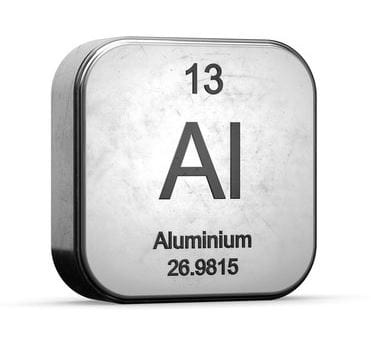
It is a boron group element with low density, high strength, corrosion resistance, and excellent conductivity. Aluminium is relatively malleable and soft in its pure form, but it can be alloyed with other elements to improve its properties for particular applications. Copper, magnesium, silicon, and zinc are popular alloying elements.
Due to its special characteristics, aluminium has a wide range of industrial applications. Its density is roughly one-third that of steel, making it lightweight and perfect for applications where weight reduction is important. It also has high thermal conductivity, excellent electrical conductivity, and corrosion resistance.
You might like: Different Types of Metals [Their Properties & Uses[ Explained
Uses of Aluminium
The typical uses of aluminium are listed below with explanations.
#1 Foil
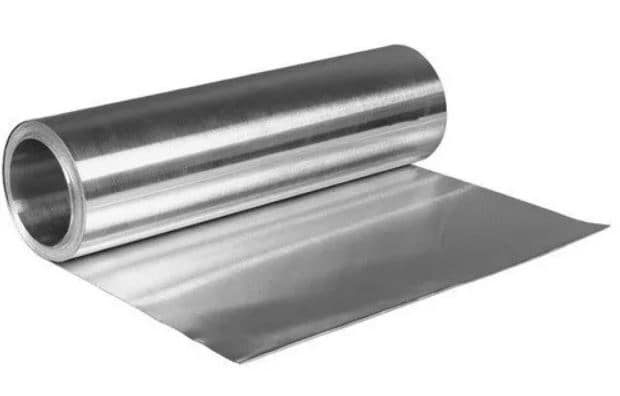
Food wrapping is one of the most common uses of aluminium foil. It is aluminium in the form of thin metal leaves. Because aluminium foil is thin and lightweight, it is easy to wrap around food. It also keeps food fresh by keeping it from coming into contact with the air.
Since thin foils are brittle, they are occasionally laminated with stronger materials like paper or plastic to make them more durable and useful. In 2003, the annual production of aluminium foil was 600,000 tonnes (660,000 tonnes) in the United States and 800,000 tonnes (880,000 tonnes) in Europe.
#2 Cans
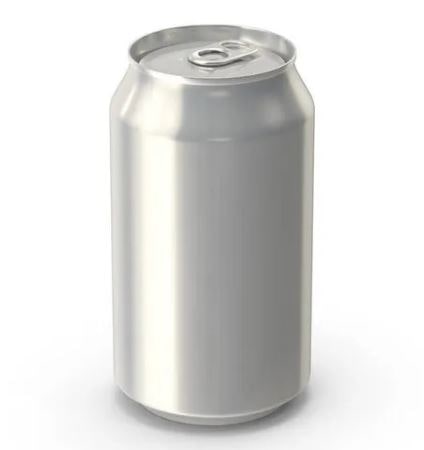
An aluminium can is a single-use container for packaging that is primarily made of aluminium. It often serves as a container for products like oil, chemicals, and other liquids and foods and drinks like milk and soup.
Aluminium cans store various food and beverage products, such as soda, beer, and meals. Cans made of aluminium are also recyclable, making them a sustainable choice. The largest use of aluminium worldwide is production, which accounts for 180 billion metric tonnes annually.
#3 Foil Containers
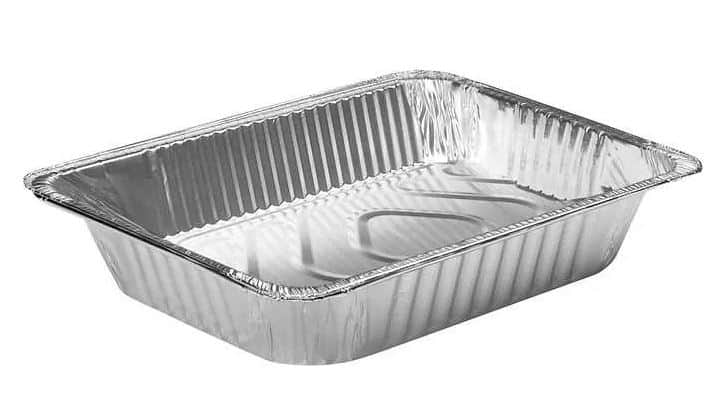
Using mechanical and air pressure, light gauge aluminum foil is pushed into die cavities with a shape to create aluminium foil containers. Containers made of aluminum foil are visually appealing and are ideal for serving at the table after they have served as a package and heating utensils.
To package restaurant meals or food that remains, aluminium foil containers are frequently used. They are commonly employed for baking because they efficiently conduct heat and minimize sticking.
You might like: Different Types of Casting Defects [Causes & Remedies]
#4 Home Siding
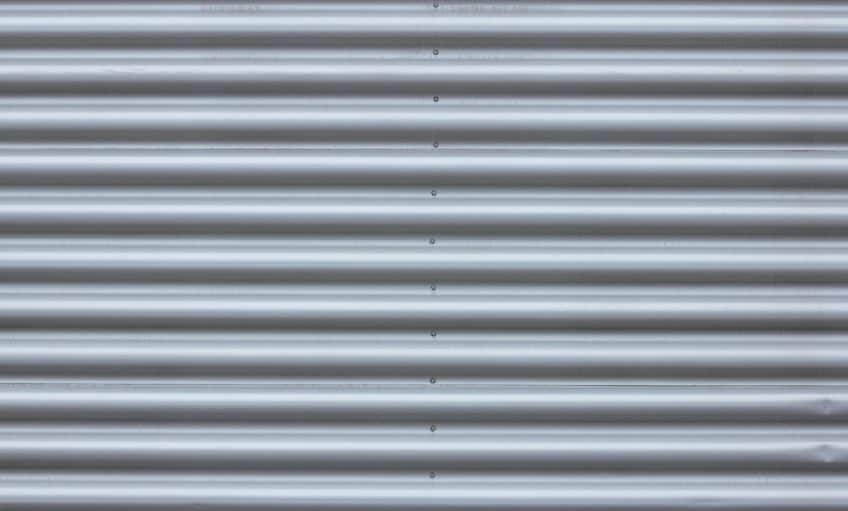
Traditionally, aluminum siding is made of coil stock coated with a chemical compound to protect it, followed by a coat of paint for an additional layer of protection. The siding is coated, heated for durability, and frequently painted with enamel to achieve the desired textures.
Due to its reliability and minimal maintenance needs, it is a preferred option for both homes and businesses. Additionally, aluminium siding comes in various colors, making it simple to find a choice that matches the design of your house or place of business.
#5 Gutters
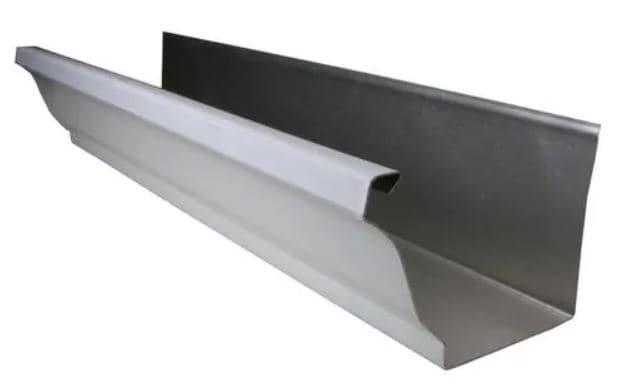
Due to their strength and resistance to corrosion, aluminium gutters are a popular choice for residential and commercial properties. Depending on the exterior of your property, aluminium gutters are also offered in a range of color combinations.
Aluminium is a fantastic material for long-term use because it won’t rust. Depending on servicing, it has an expected lifecycle of about 30 years and is very durable. Because of this, they are also very affordable.
#6 Windows
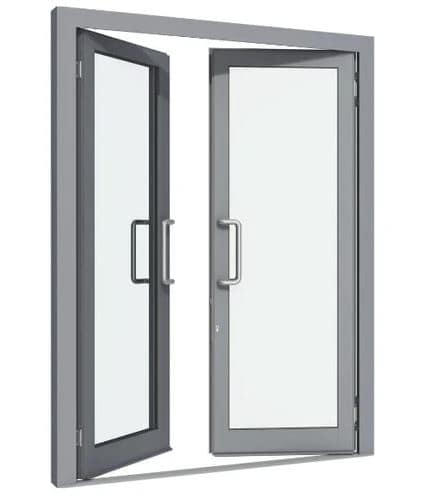
Aluminium windows are a durable, adaptable, and lightweight option for your home’s windows. As a result of aluminium’s strength, thinner frames, and larger openings are possible, allowing you more access to natural light.
Along with their durability and low maintenance needs, aluminium windows are an effective option for new construction and remodeling projects. Aluminium windows come in various colors and styles that will match the other windows on your property.
You might like: Different Types of Forging Defects [Causes & Remedies]
#7 Doors
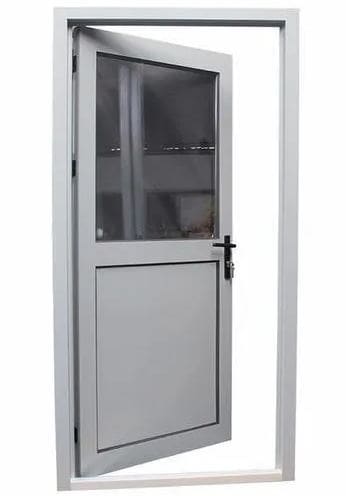
Aluminium doors, as the name implies, are made of aluminium, which means the frame is also made of this metal. The popularity of aluminum doors has grown over time because they often have glass in the middle instead of plywood or other material in the middle.
Due to their durability and low servicing demands, these are acceptable options for both residential and commercial properties. Aluminium doors can be found in a wide range of designs and colors to blend with the other doors on your property.
#8 Decking
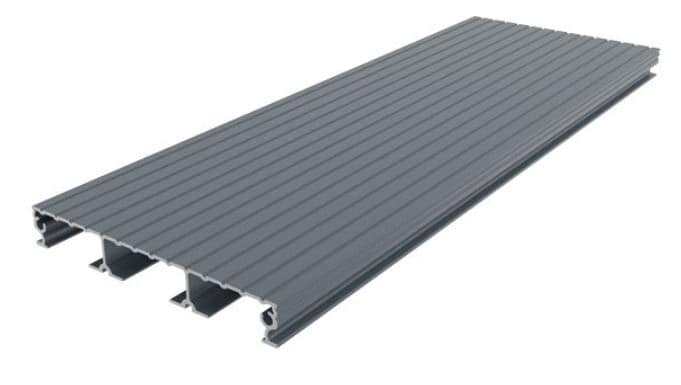
Aluminium decking is two to three times stronger but three to four times lighter than the most common types of wood decking. It can be cut with the same saws that are used to cut wood. Many aluminium decks have interlocking edges, which keep water out.
Due to its durability and little care needs, aluminium decking is a preferred option for residential as well as commercial buildings. Likewise, aluminium decking comes in a range of vibrant colors that fit the other building materials on your property.
#9 Furniture
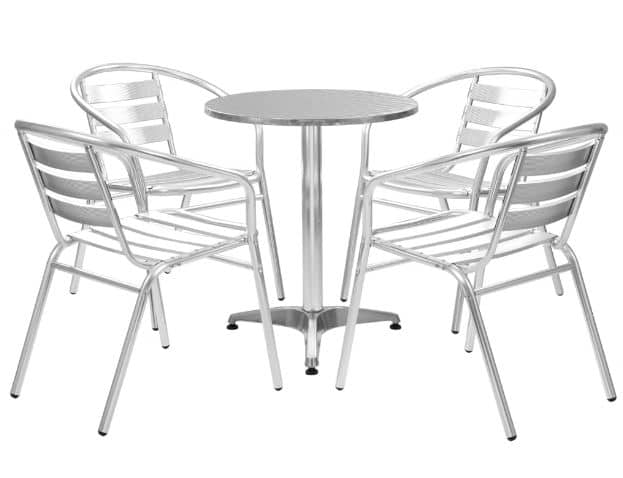
In addition to being durable, cost-effective, and recyclable, aluminum is also easy to cast, extrude, and curve into many different shapes, which makes it a perfect material for outdoor furniture.
In addition, aluminium furniture has a built-in resistance to mould, doesn’t rust, and is unbreakable. Due to its durability and minimal expenses for upkeep, aluminium furniture is a popular option for indoor and outdoor use. Furthermore, aluminium furniture comes in various bright colors to match the other furnishings on your property.
#10 Vehicle Components
These types of metals are used to make automotive vehicle components, below are some of the applications.
1. Aircraft components
The uses of aluminium in aircraft production allows for larger cargo and payload capacity while also improving fuel efficiency. Aluminium has great corrosion resistance that contributes to the safety of the airplane and its passengers.
2. Ship Accessories
Aluminum is lightweight and can improve the surface quality of boats without compromising their strength to withstand cracks and breaks.
In addition to oil tankers and huge ships, aluminum is utilized to construct yachts, speedboats, and undersea ships.
3. Train Components
Railways were originally composed primarily of iron, although many modern train components are made of aluminum. Aluminum alloys are used in these high-speed railway cars because they have a lower density, but they are strong and corrosion-resistant.
4. Cars
Aluminum is the most cost-effective way to improve performance, increase fuel economy, cut emissions, and improve safety. The vehicle can become lighter and more flexible without compromising strength or durability.
You might like: Different Types of Welding Rods & Their Uses
Closing It Up
These are merely a few of the many uses for aluminium. Its special qualities and adaptability have facilitated its widespread use across numerous industries.
That’s it. Thanks for reading. I hope I have covered everything about the “Uses of Aluminium” It would be helpful if you could let me know if there was anything I missed or if you have any doubts about anything I wrote.
Please share this article with your friends if you find it interesting.
Want free PDFs direct to your inbox? Then subscribe to our newsletter.
Download PDF of this article:
Here are some articles you might like to read:
- Understand The Different Types of Corrosion in Metals
- What Are The Different Types of Pliers & Their Uses?
- What is a Flange? Types & Their Uses
External Links:
FAQs
Aluminium is the 13th element in the periodic table and is a silvery-white metal. It can be easily cast, machined, and formed. It has a low density, is non-toxic, has a high thermal conductivity, and has excellent corrosion resistance.
Aluminium is used in various products, such as cans, foils, kitchen utensils, window frames, beer kegs, and aircraft parts. Aluminium is also frequently used in industrial flooring and treadplates.
Aluminium can be extracted (albeit inefficiently) from some clays, but the most common aluminium ore is bauxite. The aluminium ore must first be mined, and then the bauxite must be refined into alumina (aluminium oxide). The alumina is melted into aluminium metal using a lot of electricity.
When you breathe in aluminium, it can affect you. Its contact with the skin and eyes can irritate. Aluminium exposure can result in “metal fume fever.”
It is very expensive. Unfortunately, aluminium is more expensive than steel and other metals. It is difficult to weld. Regardless of the advantages, the aluminium welding process takes time.
Most aluminium alloys can be joined by welding. However, some special alloys and aircraft-grade aluminium cannot be joined using conventional welding techniques. Gas metal arc welding (GMAW) and gas tungsten arc welding (GTAW) is frequently used to weld aluminium.